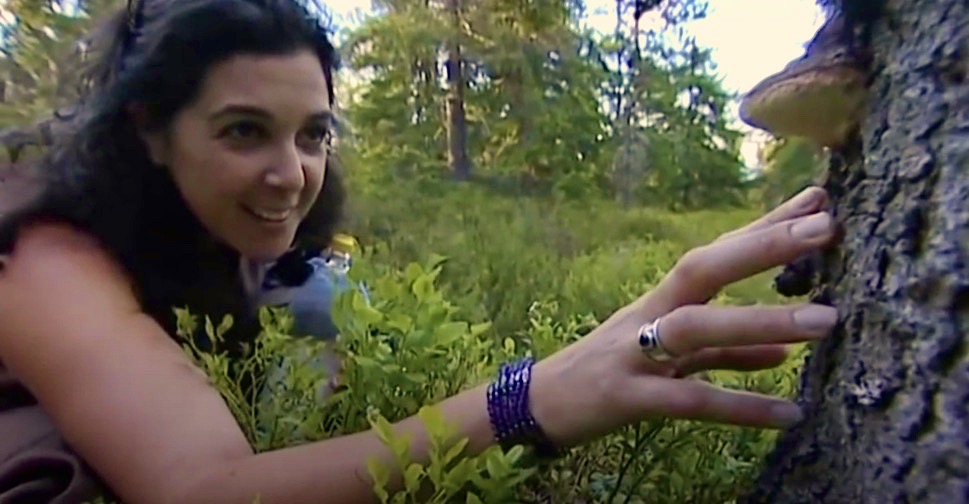In Nature-Based Leadership, the ability to conduct dialogue is fundamental. The leader’s capacity to create a safe, respectful environment—where even uncomfortable information is welcomed and encouraged—is essential. When leadership fosters settings where individuals feel heard, valued, and respected, and where their creativity and interests are invited into the space, it becomes one of the most vital assets of the group and the organization.
Dialogue and the art of thinking together are not new inventions; they are survival codes embedded in human history. On the savannah, a single individual had minimal chances of survival. Yet, a small group could collaboratively develop shelter, food, and adaptation strategies—learning to coexist with and respond to the landscapes and bioregions they inhabited. Around the fire, in circles, people shared discoveries, daily lessons, and emerging insights. It was a practice of continuous learning among old and young alike. Every voice held significance in the circle, forming the foundation for collective resilience, survival, and flourishing.
In Nature-Based Leadership, we recognize that just as our ancestors practiced dialogue as a necessity for survival, today’s leaders must reawaken this capacity. In the face of complex global threats, ecological shifts, and systemic crises, the ability to convene meaningful, generative dialogue is no longer optional. It is essential. Through dialogue, leaders hold space for shared inquiry, adaptive learning, and the emergence of new possibilities.
Dialogue is also deeply intertwined with another key cornerstone of Nature-Based Leadership: self-directed neuroplasticity. Intentional dialogue invites attentional focus—not only on individual perspectives but on the relational field itself. When practiced with care and discipline, dialogue rewires the neural pathways of teams and organizations, fostering trust, emotional regulation, creativity, and collective intelligence.

The Practice of Sensing and Observation
Another essential cornerstone of Nature-Based Leadership is the regular practice of sensing and observation. As humans, we are evolutionarily wired to attune to the subtle shifts in our environment. Our ancestors’ survival depended on their ability to notice the wind’s direction, animals’ movement, the soil quality, and the seasons’ rhythm. This sensory attunement was not an occasional act but a daily, embodied practice—a vital feedback loop between the individual, the community, and the land.
In the modern world, this capacity has atrophied under the weight of distraction, digital stimulation, and fast-paced living. Yet, the necessity remains. By regularly engaging in nature observation, leaders begin to recalibrate their attention, deepening their capacity to notice, feel, and sense. These observations become more than personal insights—they are shared in dialogue, woven into the collective field, and spark the emergence of new patterns, both neural and social.
This practice creates an ongoing loop:
- Sensing: Leaders attune to the natural world, observing without an agenda and simply noticing patterns, shifts, and subtle cues.
- Reflection: These observations are processed internally, stimulating self-awareness and emotional regulation.
- Dialogue: Insights are brought back to the circle and shared with others. Through this sharing, collective intelligence forms—one that honors diverse perspectives and generates adaptive strategies.
- Pattern Formation: Repeated engagement strengthens neural pathways associated with attentional focus, relational attunement, and creative problem-solving. Socially, this process fosters new relational norms—trust, reciprocity, shared purpose.
Just as dialogue requires regular practice to reshape behaviors and relational dynamics, sensing and nature observation require repetition and intentionality. Through this disciplined yet open-ended rhythm, leaders and organizations can cultivate resilience, agility, and a deeper connection to the systems they are part of.
In Nature-Based Leadership programs, we intentionally design space for this practice, not as an optional activity, but as a necessary ritual. It becomes the ground from which regenerative leadership grows. For us, Nature is the Learning Lab

